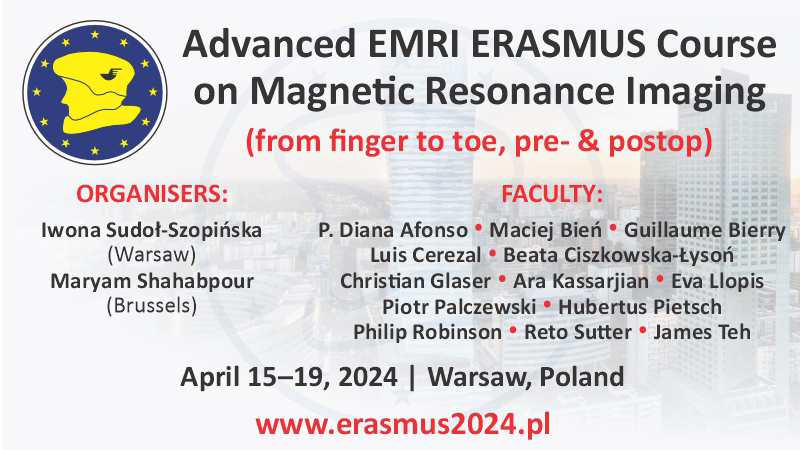Diagnostic imaging of gastrointestinal neuroendocrine neoplasms with a focus on ultrasound
Joanna Walczyk1,2, Anna Sowa-Staszczak1,2
 Affiliation and address for correspondence
Affiliation and address for correspondenceThe diagnosis of gastrointestinal neuroendocrine neoplasms represents a significant diagnostic challenge since these tumours have a various, often non-specific clinical presentation. Currently, more than half of gastroenteropancreatic neuroendocrine neoplasms are detected incidentally, usually during surgery, diagnostic imaging studies or endoscopic procedures performed for other indications. Sometimes the first symptom of the disease is the presence of metastatic lesions in the liver. A neuroendocrine tumour is diagnosed based on the clinical presentation, assessment of specific and non-specific biochemical markers, imaging studies and histopathological examination. Focal lesions, both primary and metastatic may be small and often have an atypical location. Diagnostic imaging of neuroendocrine tumours is of fundamental importance for determining the location of the primary lesion, staging of the disease, selection of treatment and monitoring of its effects. In addition, diagnostic imaging make it possible not only to detect tumours, but also to perform therapeutic procedures based on the result. Transabdominal ultrasound is one of the first diagnostic imaging method for neuroendocrine neoplasms. New ultrasound techniques such as ultrasound elastography, contrast-enhanced ultrasound, endoscopic ultrasound, intraductal and intraoperative ultrasound improve the efficacy of ultrasound examination. Endoscopic ultrasound is a fundamental diagnostic tool for the detection of neuroendocrine tumours of the pancreas and the distal part of the colon. Due to the large variety of neuroendocrine tumours and differences in tumour biology, clinical stage and expression of somatostatin receptors, no single imaging method is sufficient; therefore, in order to determine the right diagnosis and select the best treatment, it is recommended that a combined morphological and functional assessment be used.






